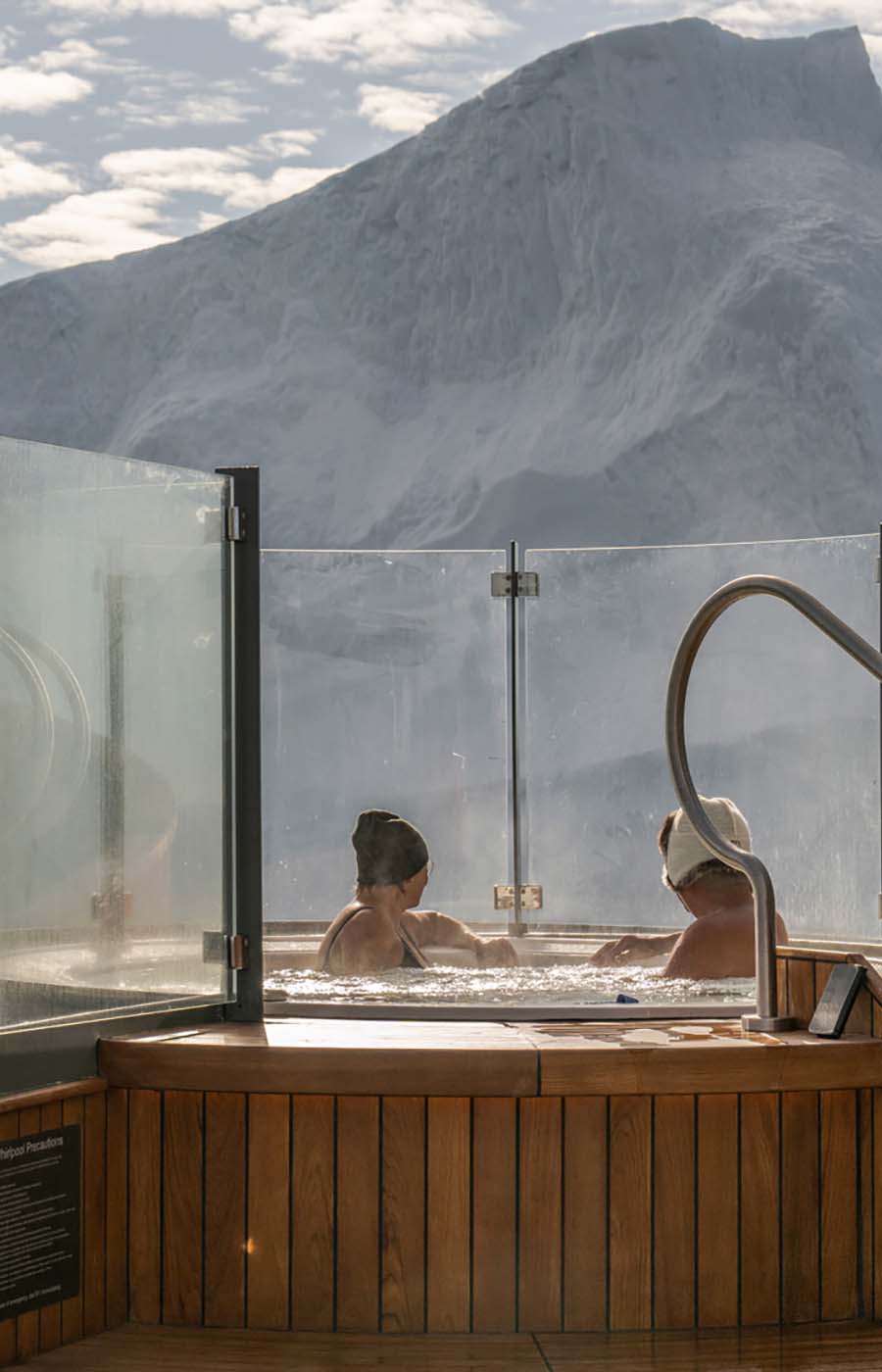The canals of Bangkok are a marvel of urban planning, shaping the city’s culture.
Known as the “Venice of the East” in the 19th century, Bangkok has boasted complex waterways since 1782, when King Rama I created Rattanakosin Island by digging a moat around his Grand Palace and connecting it to the Chao Phraya River. Further parallel canals had been dug by the mid-1800s, and over time the waterways were expanded to become the burgeoning city’s main form of transport. Spanning hundreds of miles, Bangkok’s canals became a massive network that connected every part of the city, providing public and commercial transportation as well as an abundance of floating markets.
By the late 19th and early 20th centuries, the city had begun to shift towards a road-based transport system and many of the canals were filled in and paved over to accommodate the horses and carriages of European merchants and other dignitaries. The canal system is still a vital part of the city’s lifeblood, however, and navigating its historic corridors by boat is one of the best ways to explore Bangkok and get a true flavor of its vibrant culture and storied past.
There are three historically significant areas of the canal network that can all be explored in a day. The Khlong Saen Saeb is a canal that runs through the center of the city; the Khlong Phadung Krung Kasem is one of the original canals surrounding the Grand Palace; while Thonburi is a historic district on the west side of the Chao Phraya.
The central stretch of the Khlong Saen Saeb is served by public motorboat and it takes about an hour to go from one end of the commuter line to the other. Here you can experience the city’s bustling shopping districts such as the high-end designer outlets at Siam Square, Bangkok’s answer to London’s Bond Street or New York’s Fifth Avenue; the Bo Bae wholesale clothing market; or the fashionable boutiques and cafes of the Thonglor neighborhood.
Also on the canal route is the Jim Thompson House, a museum housing the art collection of an American businessman and silk entrepreneur. Thompson moved to Thailand in 1946 after his discharge from military service, and spent the next two decades reviving the then-failing Thai silk industry, introducing it to the fashion houses of London, Paris, New York and Milan. He became so widely known in the city that a letter addressed only to “Jim Thompson, Bangkok” found its way to him in a population of more than three million people. His story took a mysterious turn in 1967, however, when he walked off on his own into the Malaysian jungle and was never seen again.
The Jim Thompson House was built in 1959. It’s actually a complex of six traditional Thai-style houses, primarily constructed from wood. The 19th-century buildings were collected from all over Thailand, and reconstructed on half an acre of land near the canal. The collection includes historic Buddhist statues and traditional Thai paintings depicting the life of Buddha, as well as secular artworks from Thailand, Burma and Cambodia, and fine porcelain from China.
The public motorboat line on the Khlong Saen Saeb terminates at Wat Saket, one of the city’s oldest Buddhist temples. The temple is best known for its 260-foot-high hill, known locally as the Golden Mount due to the huge gilded stupa at its summit. It was once the highest point in Bangkok, and requires a climb of 318 steps to reach the top, but offers superb 360-degree views of the city.
The motorboat stop before Wat Saket is Bo Bae, where the Khlong Saen Saeb intersects with the Khlong Phadung Krung Kasem. As one of the original moats dug by King Rama I to create Rattanakosin Island, this waterway is an ideal starting point for exploring the Grand Palace and the historic section of the city. There is no public boat service, but it’s easily explored on foot along a tree-lined walkway that runs parallel with the canal.
The Grand Palace was built in 1782 and was home to Thailand’s royalty until 1925. Today, it’s one of the most popular tourist attractions in Thailand and is situated on 2,351,000 square feet of grounds surrounded by high walls. It’s comprised of several buildings built by successive reigning kings over 200 years of its history, and constructed in both the traditional Thai architectural style and that of the European Renaissance. There are four main areas to explore, including the Outer Court that contained the royal offices and state ministries, the Middle Court that housed the state apartments and royal throne halls, and the Inner Court that housed the king’s harem. The fourth area of the palace is known as Wat Phra Kaew, or the Temple of the Emerald Buddha, and is one of the most important temples in Thailand as well as the most popular tourist site within the palace.
From here, you can pick up another river boat along the Chao Phraya River to Thonburi, one of the first areas of Bangkok to be settled. An unmistakable landmark on the West Bank of Thonburi is the Wat Arun, or Temple of Dawn. The towering structure consists of one central prang or tower that rises 220 feet high and is covered entirely with ceramic tiles, seashells and multicolored porcelain that had previously been used as ballast on boats traveling from China to Bangkok. The temple is named after Aruna, the Indian god of dawn, and its tower is an architectural representation of Mount Meru, which in Tibetan Buddhist cosmology symbolizes both the center of the universe and the single-pointedness of mind sought by Buddhist adepts. The central spire is surrounded by four smaller spires at each corner, which house images of the guardian deities of the four directions. While there has been a temple at the site since the 17th century, much of the present temple dates from the early 19th century.
The Royal Barges National Museum is also worth a visit when you are in Thonburi. Here, you’ll find a collection of slender, ornamented barges that are displayed when not used in ceremonial processions. The largest and most important of the boats on display is called Suphannahong, which means “Golden Swan.” It’s the king’s personal barge, made from a single piece of timber with a huge swan’s head carved into the bow, and is said to be one of the largest dugout boats in the world. Other barges in the collection depict mythical figures from Hindu and Buddhist belief, such as the sea serpent Naga and the eagle Garuda.
If you are in Thonburi on a weekend, don’t miss the Taling Chan floating market, an authentic waterborne spot that captures the atmosphere of Bangkok’s early days when such floating markets were everywhere in the city. While some of the larger and more famous floating markets have become overcrowded tourist traps and lost much of their authenticity, Taling Chan is just the right size and amount of people to conjure a sense of Bangkok’s heyday. Here, you’ll find wooden boats moored along the riverbank with vendors selling all kinds of sweets, fruit and street food: cooking huge prawns, blue crabs and other seafood on small barbecues aboard their boats. Most restaurants have an illustrated menu, so it’s easy to get beyond the language barrier and pick out your favorite delicacy. Traditional Thai musicians serenade restaurant diners, and there’s even a spot where you can get an open-air foot massage beneath the trees.
Related Seabourn itineraries and amenities below
Finally, for those seeking a break from the hustle and bustle of Bangkok life, there is Bang Krachao — a vast man-made island in the middle of the Chao Phraya River. Known as “Bangkok’s Green Lung,” due to its lung-like shape when viewed from above and because of the amount of trees that purify the city’s air, the lush island offers welcome reprieve from the urban megalopolis. The main attraction in the area is the 100-acre Sri Nakhon Kuenkhan Park, a huge wetland oasis of palm trees and papaya groves that features miles of elevated sidewalks perfect for exploring the jungle by bicycle. The Talad Nam Pheung Floating Market is another attraction if you visit Bang Krachao on a weekend. Little known by tourists, Talad Nam Pheung offers a dizzying range of Thai confections, street food and herbalbased cosmetics. Try local delicacies such as spicy kanom jeen (noodles in curry sauce), roasted duck’s beak, gui tiaw lua (rice noodles in pig’s blood soup), or tom yum kuung sen lek (prawns with noodles in spicy tom yum soup), and enjoy a taste of life on Thailand’s bustling waterways.

